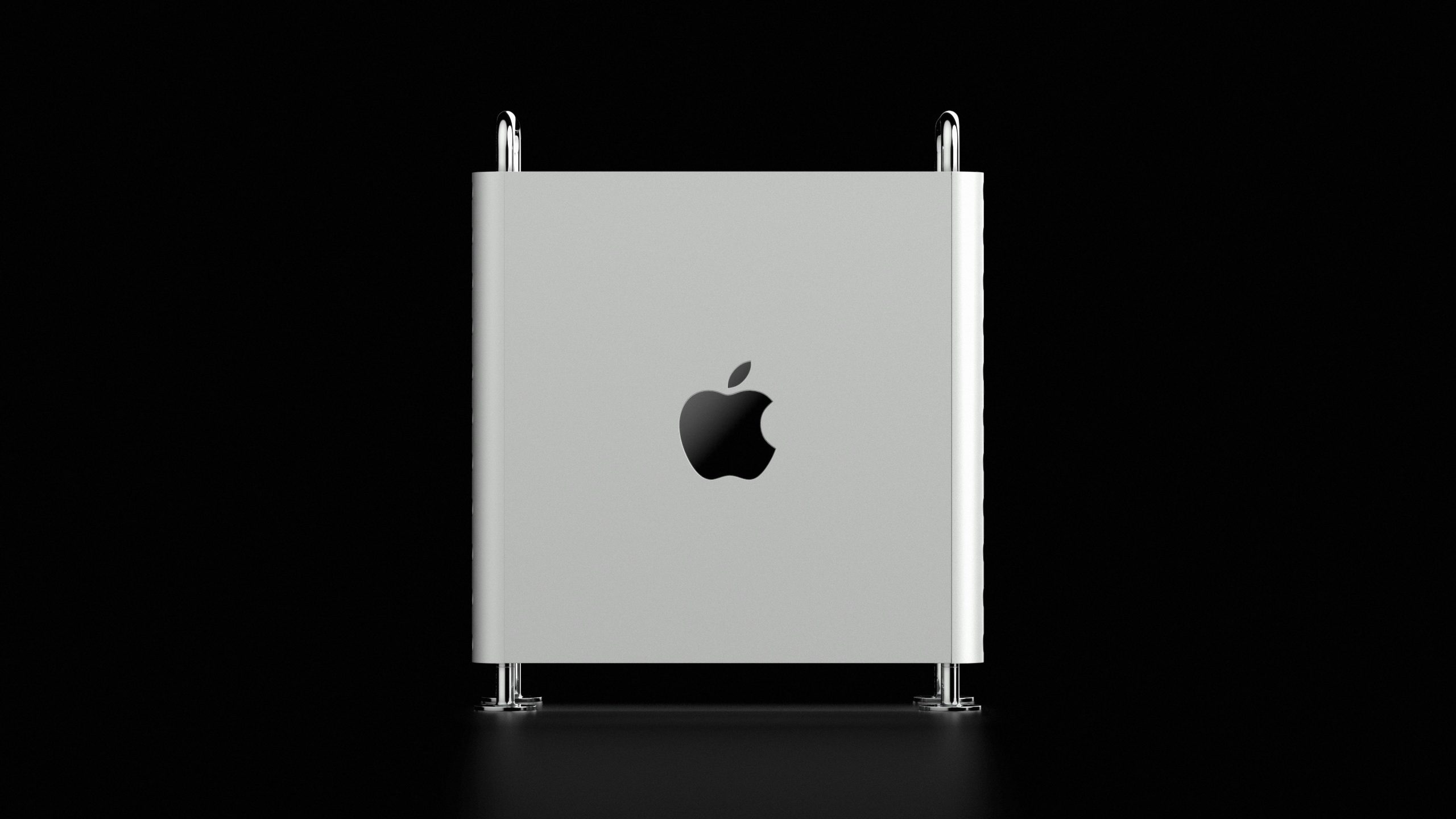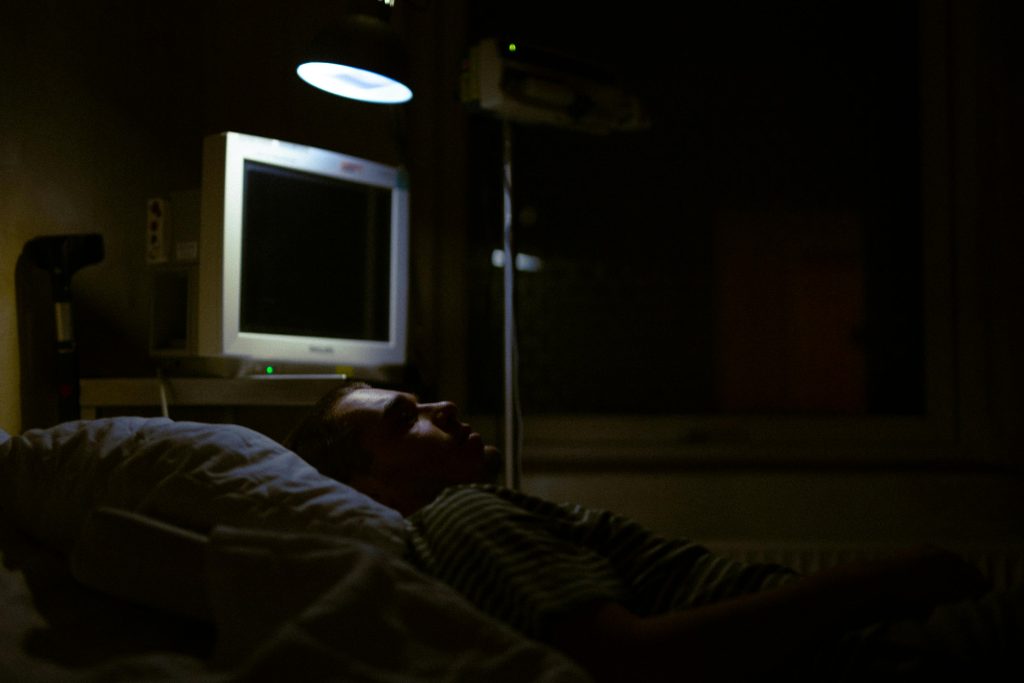Resolving Automatic Brightness Adjustments on Your Acer Ultra-Wide Monitor with Windows 11
Upgrading to a new gaming PC is always an exciting experience, especially when paired with a high-quality monitor like the Acer Nitro ED340CU. However, many users encounter minor yet persistent issues that can detract from the overall experience. One common scenario involves the monitor’s brightness seemingly adjusting automatically without user input, leading to frustration and distraction.
In this article, we will explore possible causes of automatic brightness adjustments and provide effective troubleshooting steps to ensure a stable and consistent display environment on your Windows 11 system.
Understanding the Issue
Automatic or adaptive brightness adjustments can be caused by various settings within the Windows OS, monitor features, or graphics driver configurations. Although these adjustments are designed to optimize viewing comfort, they can sometimes be perceived as intrusive or annoying, especially during gaming sessions or when working on visuals that require consistent display calibration.
Common Causes and Troubleshooting Strategies
1. Monitor’s Dynamic Brightness or Eco Modes
Many modern monitors, including Acer models, come equipped with built-in ambient light sensors or auto-brightness features intended to adjust screen brightness based on ambient lighting conditions. These features are often turned on by default.
Action:
Access your monitor’s on-screen display (OSD) menu and disable any settings related to auto-brightness or eco mode. Refer to the user manual for specific instructions, as these options can vary between models.
2. Windows 11 Adaptive Brightness Settings
Windows 11 includes a feature called Adaptive Brightness that adjusts the display brightness dynamically based on ambient light detection, provided your device supports this functionality.
Action:
– Navigate to Settings > System > Display.
– Scroll down and click on Brightness and color.
– Toggle off Change brightness automatically when lighting changes.
Additionally, if your device has a built-in light sensor, ensure it is properly configured or disabled if you prefer manual control.
3. Display Brightness Control via Windows
Sometimes, Windows’ native brightness control can conflict with monitor settings, especially when multiple hardware controls are involved.
Action:
– Check your display settings in Control Panel or Settings``.Adjust brightness levels` slider to set your preferred brightness.
- Use the
– Ensure that brightness is set to your desired level and isn’t being overridden by other settings.
**4. Graphics Driver and Control Panel
Share this content:



